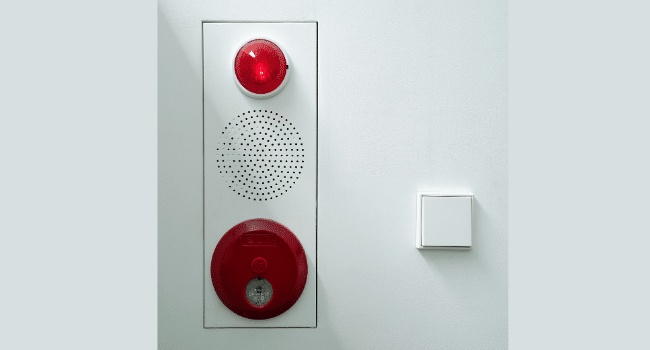Table of Contents
Monitoring and automatically controlling the level of liquids in tanks is a vital operation in many production and processing plants, including chemical plants, refineries and distilleries. This function is usually performed by a level float switch, most commonly a horizontal float switch.
What is a horizontal float switch?
A horizontal float switch is used to detect the level of any liquid within many types of tank, such as an open vat or aquarium.
The float will rise and fall according to the level of the liquid in the tank, activating a switch to trigger an alarm or activate a pump or other device.
Horizontal float switches are usually side mounted through a watertight seal on the side of the tank and perform this essential task in accurately monitoring the level of fluid within that tank.
Select the correct type of float switch
Because of the varied applications for what is in theory a simple device, a variety of models are available in a range of materials. For instance, a respected manufacturer of horizontal float switches will produce horizontal float switches in stainless steel and types of plastic.
The material of your liquid level sensor will depend on the particular liquids and temperatures used in any given application. Excesses of temperature or corrosion can easily cause component damage and cause your switch to function incorrectly. Therefore selecting the wrong type of float switch can have severe consequences.
Stainless steel horizontal float switches
These horizontal liquid level sensors are typically made from corrosion-resistant 300 and 304 series steel. Stainless steel switches are suitable for a variety of uses but are most commonly used for medical and food applications. This is because they are suitable for chemicals and fuel oils with process temperatures up to 135ºC as well as hydraulic fluids.
Plastic horizontal Float Switches
Plastic Horizontal Float Switches are typically a cheaper alternative to Stainless steel. Whilst also being more common than stainless steel, they are not suitable for all the same applications.
Plastic switches are most commonly available in Nylon, Polypropylene (PP), and Polyphenylene sulphide (PPS). Nylon is suitable for many organic chemicals as well as oils, diesel and some printing inks.
PP (polypropylene) is used for tanks or vessels containing many acids and alkali used in industry, also for inorganic chemicals, oils and water. However, for the more aggressive chemicals and high process temperatures (up to 120 ºC), Polyphenylene sulphide (PPS)is the most suitable material.
Common applications of float switches
As you can see, the variety of float switches is as varied as the applications they are used for, and many custom moulded switches are produced for more bespoke tasks.
For a simple water tank in a factory, only the most basic of plastic float switches would be required. But, for more hazardous operations like storage of petrochemicals, where dust, flammable gasses and vapours are also a factor, you would be more likely to find a stainless steel, explosion-proof float switch installed.
Read More on KulFiy:
The Reason Why Everyone Loves Cartridge Display Boxes
